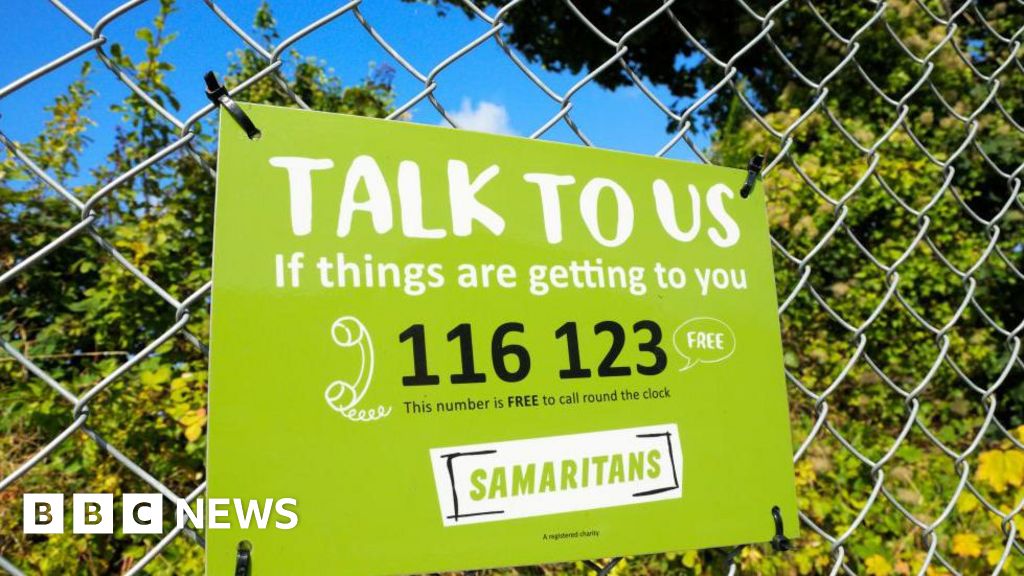Americans have a long history of enduring heat waves by going outside. In a 1998 essay for The New Yorker, the author Arthur Miller described urbanites’ Depression-era coping mechanisms: People caught the breeze on open-air trolleys, climbed onto the back of ice trucks, and flocked to the beach. In the evenings, they slept in parks or dragged their mattresses onto fire escapes.
But since air conditioning went mainstream, in the 1960s, the easiest way to beat the heat has been by staying indoors—at home, the office, the mall—where cool air is a constant and blinds are often drawn to prevent homes from overheating (and electric bills from skyrocketing). For this convenience, Americans sacrifice the benefits of sunshine and the opportunities for fun it creates. As climate change turns up the temperature, summers in America are coming down to a choice between enduring the heat and avoiding it—both of which might, in their own ways, be making people sick.
In cities across the country, summers are, on average, 2.6 degrees hotter than they were some 50 years ago. In Phoenix, where a 95-degree day is a relief, schedules are arranged around the darkness; Jeffrey Gibson, an accountant who works from home, takes his eight-month-old daughter out for walks before 6:30 a.m.; after that, it’s so hot that she flushes bright red if they venture outside. He spends the rest of his day indoors unless leaving is absolutely necessary. It’s like this from April to October. Gibson recently told his wife, “Man, I think I’m a little depressed.”
Josef A. Von Isser, a therapist in Tucson, Arizona, told me that feeling low in the summer comes up a lot with his clients. Some feel that the heat affects them directly; others struggle with its indirect effects, such as fewer opportunities to socialize and be somewhere other than home or the office. All of them, he suspects, might be experiencing seasonal affective disorder.
The DSM-5 categorizes SAD as a type of major depression with a seasonal pattern, with symptoms such as sadness, feelings of worthlessness, and low energy. Usually, it presents in the winter, though scientists don’t agree on why. Some suspect that it’s because a lack of sun exposure may contribute to decreased levels of serotonin, a hormone that regulates mood, as well as vitamin D, which helps stimulate serotonin activity. Another theory links low exposure to sunlight with unusually high levels of melatonin, a hormone that helps regulate sleep.
Read: The surprising truth about seasonal depression
Summer SAD is generally accepted as a variety of the disorder, but it’s much rarer than the winter form; one study from earlier this year puts its prevalence at about 0.6 percent. That makes summer SAD especially hard to study. “It’s clearly a different kind of illness,” Paul Desan, a psychiatry professor at Yale, told me, but “it’s not in their imagination.” Unlike the winter form, which comes with a tendency to overeat, oversleep, and withdraw from society, summer SAD involves reduced appetite, insomnia, and restlessness—all of which can also be effects of heat. The scientific literature shows that heat is associated with mood disorders, anxiety, aggression, and reduced cognitive abilities. Uncomfortably hot nights, longer periods of daylight, and extended stretches of time spent indoors all disrupt sleep, which can in turn fuel mood disorders, Amruta Nori-Sarma, an environmental-health professor at Harvard, told me. Extreme heat can also be an obstacle to exercising, spending time in nature, and socializing, all of which can make people feel good and also double as important coping mechanisms for emotional distress.
Taking comfort in air conditioning when it’s too hot out is a natural human response. But air-conditioned spaces can be stifling in their own way. Staying home where it’s cool also means socializing less; some offices and homes hardly let in a wink of sunlight all day. It’s plausible that in the summer, people experience SAD symptoms not only from excessive heat but also because they spend all of their time avoiding the sun, Kim Meidenbauer, a psychology professor at Washington State University, told me. “It does make sense to me that you’d have, potentially, an analogous pattern of effects” to winter SAD, she said. The link between indoor time and summer SAD hasn’t been studied, but plenty of Americans, even if they don’t meet the DSM-5 criteria, are noticing that summer is starting to feel a lot like winter. Reddit abounds with users who lament that being forced indoors by the heat gives them “summer depression.”
America’s summer quandary—suffer inside or out?—will become only more persistent as climate change intensifies. In the United States, heat waves have grown more frequent and intense every decade since the 1960s. During a single heat wave last month, people in 29 states were warned to stay inside to avoid dangerously high temperatures. All of the experts I spoke with expressed concerns about the impacts of escalating heat on mental health. “I am not optimistic,” Ayman Fanous, a psychiatry professor at the University of Arizona, told me, noting that heat also has a well-established link with suicide risk and can exacerbate mental-health conditions such as schizophrenia, bipolar disorder, depression, and substance abuse. Many Americans don’t have access to air conditioning, or they work jobs that require them to be outside in the heat. Those who can stay cool inside may avoid the most severe consequences but still end up miserable for half of the year.
As long as summer SAD remains poorly understood, the options for addressing it will be limited. Treatment for winter SAD usually involves exposure to light boxes that mimic sunlight, but these aren’t recommended for summer SAD, because it might have a different neurobiological basis, Fanous said. For now, the first-line treatments are SSRIs such as Prozac—which can make people even more sensitive to heat.
For those with the means, the best strategy for beating summer SAD might be to move somewhere cooler. After eight years in Phoenix, Gibson has had enough of hiding from the heat for six months at a time and is ready to leave behind what he believes is his own summer SAD. Later this year, he plans to move his family to Colorado, where he hopes to be able to bring his daughter out during daylight hours. Yet Colorado summers, too, are becoming uncomfortably hot—and the same goes around the country. Last month, Alaska issued its first-ever heat advisory. As summer temperatures continue to rise, perhaps Americans will start to look back with envy on the ways our forebears beat the heat. The hotter summer nights get, the more sleeping on the fire escape starts to sound like a luxury.







 English (US) ·
English (US) ·